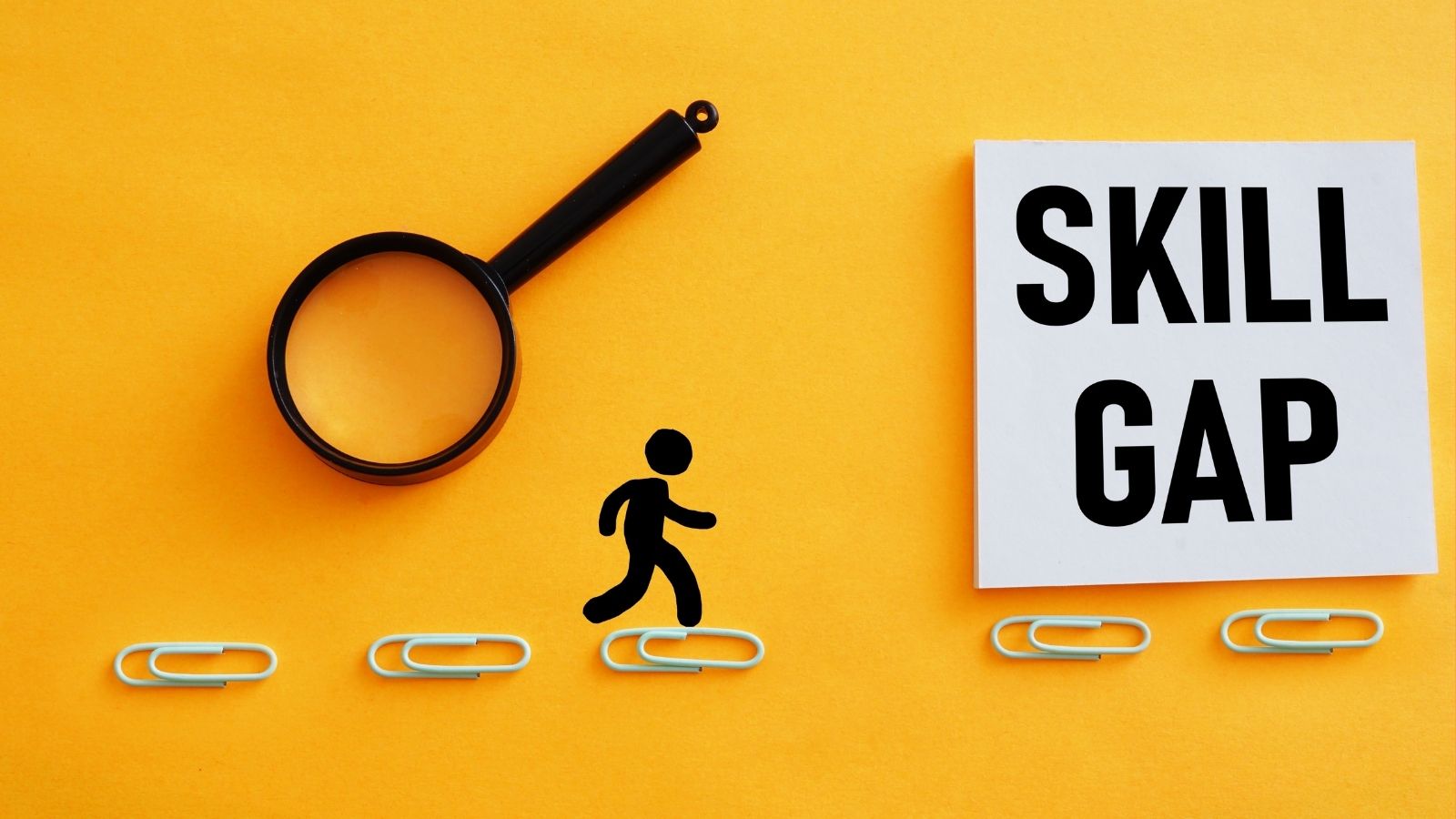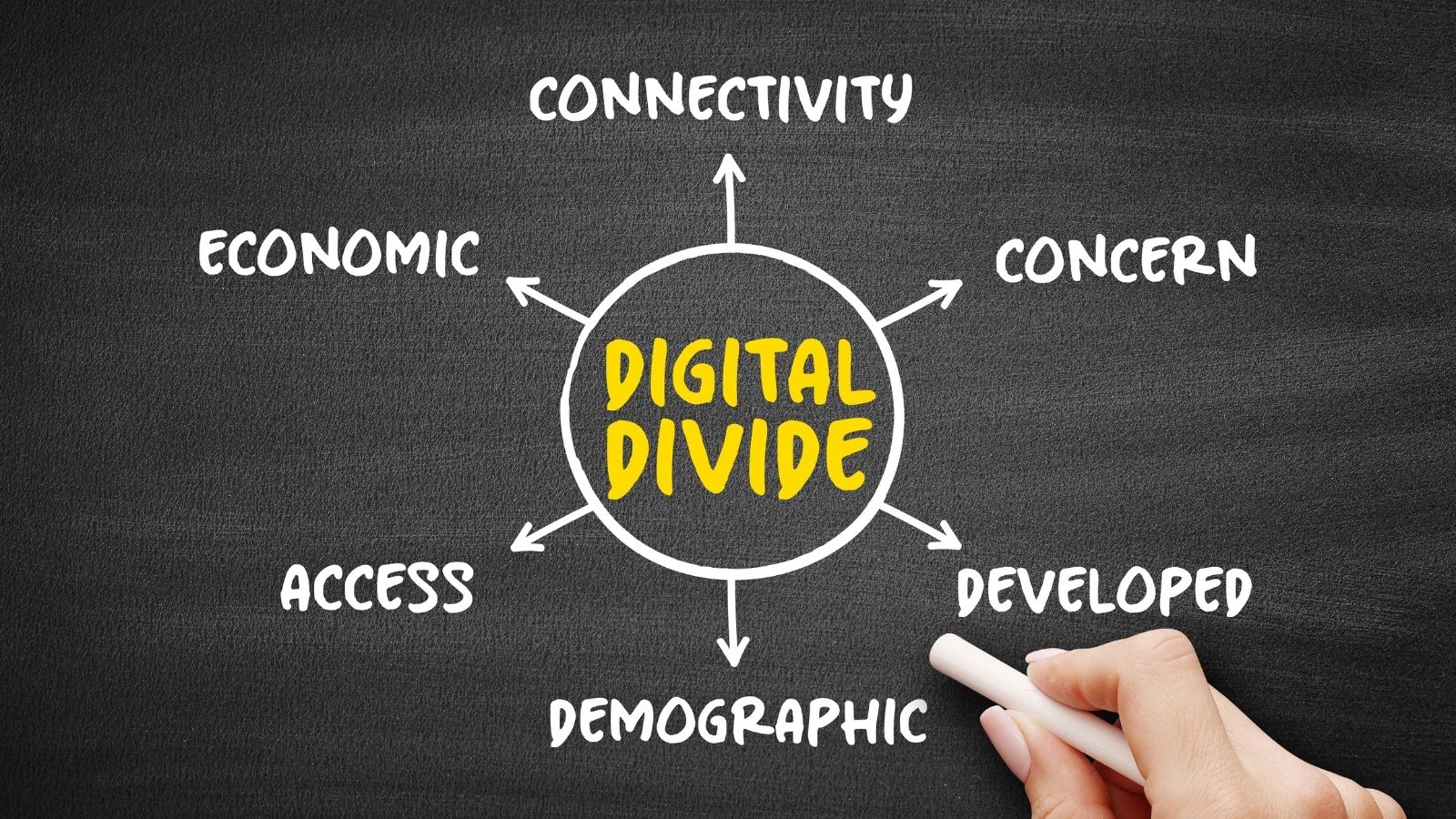The higher education landscape is undergoing a seismic shift driven by technological advances, changing societal expectations, and evolving economic conditions.
As we peer into the future, several trends raise concerns about the direction of higher education. Here are 18 alarming facts that paint a picture of the challenges and uncertainties institutions, students, and educators face.
Rising Tuition Costs

Today, the high tuition costs hinder students’ total focus on their studies. Students not only have to worry about their studies but also have to scavenge whatever they can earn to pay their tuition fees. In the past decade, the average tuition cost of college in the U.S. alone has increased by 25%. This means that students are now drowning in debt, which will take considerable time to pay off, further hindering their ability to gain financial independence.
Student Loan Debt Crisis

A thing common amongst students is the debt they have accumulated in their pursuit of higher education. Reports estimate that the student loan debt in the U.S. has surpassed $1.7 trillion, crippling more than 45 million borrowers. Additionally, this debt hinders students’ ability to invest, spend on necessities, and possibly, in the future, own a home.
Declining Enrollment Rates

Unlike in the past, college and university enrollment rates have experienced a significant decline. A report by National Student Clearinghouse estimates that from 2019 to 2022, undergraduate enrollments dropped by 6.5%. Several factors have contributed to this, amongst which demographic shifts, economic uncertainty, and the question mark on a college degree’s value are the most notable ones.
The Impact of Automation and AI

Automation and artificial intelligence (AI) are taking the world of industries and the job market by storm. However, the education that colleges offer and the jobs these colleges prepare students for may end up becoming redundant. It is believed that most conventional jobs will be handled by AI. The implications of this knowledge further raise questions about higher education’s ability to prepare students for the uncertain future.
Growing Skills Gap

Another concern is that the skills taught by colleges and universities aren’t what employers or the future world need. This is why a pool of graduates finds themselves unemployed or, worse, working jobs that are unrelated to their field of study. Moreover, most of them are also underemployed, which contributes to their lack of trust in higher education.
Adjunctification of Faculty

With the growing population, universities and colleges are employing adjunct faculty. Most of these are underpaid, lack job security, and live in the worst conditions possible. This raises eyebrows about the quality of education imparted to the students.
Digital Divide in Education

Technology in today’s times is the greatest educational aid that students can ask for. However, the digital divide that plagues students of low-income families or rural areas is of great concern. This leads to educational inequalities and a potential barrier between opportunities for students from different socio-economic backgrounds.
Pressure on Traditional Universities

The rise of online courses, coding boot camps, and micro-credentials makes students question the need for a traditional four-year degree. These alternatives are also more flexible and affordable. Thus making the need for university education redundant. Additionally, the days are behind us when one must go through university education to excel in professional life.
Questioning the ROI of College Degrees

Students and their families, for the most part, bear the long hours and financial commitments for the college degree just for return on investment (ROI). However, now that the cost of education is unbearably high and there’s an uncertain job market, students are rightly questioning whether the tolls of a degree are worth it.
Global Competition for Students

Since the olden days, students would leave their hometowns and go miles away for education. This tradition continues, and the global higher education market expands. This implies that the competition has also increased for the students to secure seats in their desired universities. Additionally, Canada, Australia, and Germany are students’ dream places to study because of their affordable tuition and welcoming immigration policies.
Mental Health Crisis Among Students

Excessive stress, anxiety, and depression due to the burden of studies, tuition costs, and other personal reasons are on the rise in college campuses. Some are suffering without knowing about their ailments. This demands increased mental health services, which institutions are struggling to meet.
Declining Government Funding

Many countries in today’s world are suffering from an economic crisis. This results in a declining trend of government funding for higher education. Consequently, institutions are forced to raise tuition fees, cut programs, and rely more on private donations. Thus, the gap between well-funded and underfunded schools is widening daily.
Challenges of Academic Freedom

Another challenge facing higher education is the threat to academic freedom. This threat stems from political pressures, censorship, and corporate funding. Among its numerous adverse effects, the most severe are stifling research, limiting the diversity of thought, and hindering the development of critical thinking skills among students.
Environmental Sustainability

Environmental preservation is of great concern these days. That’s why universities are expected to lead in sustainability, but for many reasons, universities are failing to meet these expectations. This has led to questioning campus operations, research practices, and even curriculum development.
Ethical Concerns in Research

As research funding becomes more competitive, there are growing concerns about ethical practices in academia. Issues such as conflicts of interest, data manipulation, and the pressure to publish can compromise the integrity of academic research.
Inequities in Access to Education

Despite the contradictory arguments, inequities in acquiring education exist and are severely impacting students’ ability to realize their dreams. Students of color, low-income families, and first-generation college students often fail to either enroll or complete their degrees due to the inequalities that plague higher education.
The Future of Liberal Arts Education

The growing trend of colleges and universities focusing more on career-oriented and STEM programs poses a threat to the future of liberal arts programs. Liberal arts are known for fostering critical thinking, creativity, and civic engagement. It’s a matter of concern that students will be bereft of these abilities.
Challenges in Online Education Quality

Online education is one of the most accessible and flexible ways of acquiring education. However, there are concerns about the quality and effectiveness of online programs. Moreover, the distraction of social media and the online world can cause a lack of student engagement and limited interaction with instructors. The direct concern is the students indulging in academic dishonesty, which the internet can make more accessible.
Conclusion

Everyone sees higher education as a savior that will ensure food on their plate. However, there are many challenges that higher education is struggling through that must promptly be addressed by policymakers, educators, and even society at large. The troubling picture these 18 facts paint offers the areas that need to be looked into to ensure a pathway to personal and professional growth.
18 Reasons Why People Are Leaving Florida in Masses

Exploring factors that impact the desirability of living in Florida, this list delves into various challenges shaping residents’ experiences. From environmental concerns like rising sea levels to economic factors such as fluctuating job markets, these issues collectively contribute to a nuanced understanding of the state’s appeal.
18 Reasons Why People Are Leaving Florida in Masses
